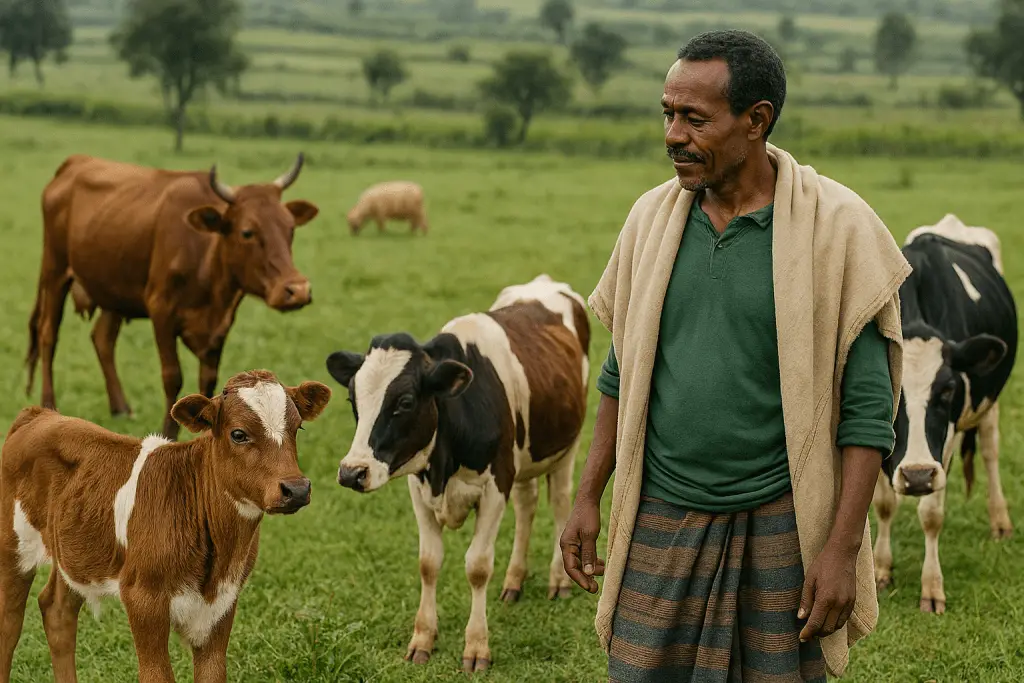In the world of agriculture, livestock production plays a pivotal role in ensuring food security, economic stability, and sustainable farming practices. One of the most critical aspects of enhancing livestock productivity is breed improvement. This blog explores the five significance of breed improvement and its impact on livestock production.
- Enhancing Productivity
Breed improvement focuses on selecting and breeding animals with desirable traits, such as higher milk production, better growth rates, and improved reproductive performance. By enhancing these traits, farmers can significantly increase the overall productivity of their herds. For instance, dairy cows that are selectively bred for higher milk yield can produce more milk, leading to increased profitability for dairy farmers.
- Disease Resistance
Another vital aspect of breed improvement is the development of disease-resistant livestock. By selecting breeds that are naturally more resilient to diseases, farmers can reduce their reliance on veterinary interventions and antibiotics. This not only lowers production costs but also contributes to healthier livestock and safer food products for consumers. For example, certain cattle breeds have been found to possess genetic resistance to common infections, which can lead to lower mortality rates and improved overall herd health.
- Adaptation to Environmental Changes
As climate change poses new challenges to agriculture, breed improvement can help livestock adapt to changing environmental conditions. Breeding animals that are more tolerant to heat, drought, or cold can ensure that livestock remain productive in diverse climates. This adaptability is crucial for maintaining food production in the face of shifting weather patterns and extreme conditions.
- Economic Benefits
Investing in breed improvement can yield significant economic benefits for farmers and the agricultural sector as a whole. Improved livestock breeds often lead to higher quality products, which can command better prices in the market. Additionally, enhanced productivity can lead to increased efficiency and reduced costs, allowing farmers to maximize their profits. In the long term, breed improvement initiatives contribute to the overall growth of the livestock industry, fostering economic development in rural communities.
- Supporting Sustainable Practices
Finally, breed improvement aligns with sustainable farming practices. By focusing on enhancing livestock genetics, farmers can produce more with fewer resources, reducing the environmental footprint of livestock production. Improved breeds require less feed and water, and they can produce more meat, milk, or eggs per animal. This efficiency not only benefits farmers but also helps address global concerns about resource depletion and environmental degradation.
Conclusion
The importance of breed improvement in livestock production cannot be overstated. From enhancing productivity and disease resistance to adapting to environmental changes and supporting economic growth, breed improvement is a key driver of success in the livestock industry. As we look to the future, continued investment in research and development of improved breeds will be essential for ensuring food security and sustainable agricultural practices worldwide. By prioritizing breed improvement, we can build a resilient and productive livestock sector that meets the needs of a growing population.

